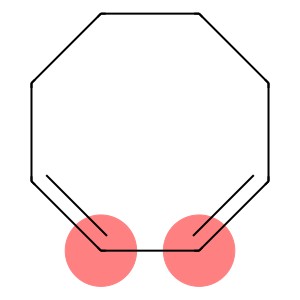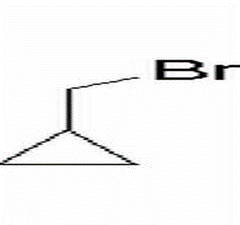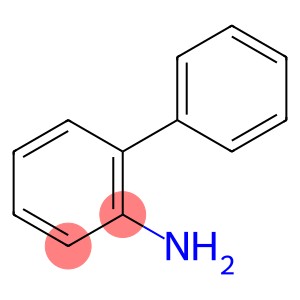2,5-Diaminotoluene(CAS#95-70-5)
| Risk Codes | R20/21 – Harmful by inhalation and in contact with skin. R25 – Toxic if swallowed R43 – May cause sensitization by skin contact R51/53 – Toxic to aquatic organisms, may cause long-term adverse effects in the aquatic environment. |
| Safety Description | S24 – Avoid contact with skin. S37 – Wear suitable gloves. S45 – In case of accident or if you feel unwell, seek medical advice immediately (show the label whenever possible.) S61 – Avoid release to the environment. Refer to special instructions / safety data sheets. |
| UN IDs | 2811 |
| RTECS | XS9700000 |
| Hazard Class | 6.1(b) |
| Packing Group | III |
Introduction
2,5-Diaminotoluene is an organic compound, the following is an introduction to the properties, uses, preparation methods and safety information of 2,5-diaminotoluene:
Quality:
- Appearance: 2,5-Diaminotoluene is a white to light yellow crystalline powder.
- Solubility: It dissolves slightly in water, but is more soluble in organic solvents such as benzene and alcohol-based solvents.
Use:
- 2,5-Diaminotoluene is an important intermediate in organic synthesis, which is often used in the preparation of pigments and dyes, especially in the preparation of synthetic fiber quality materials.
Method:
- The preparation of 2,5-diaminotoluene is mainly achieved by the reduction of nitrotoluene. Nitrotoluene first reacts with ammonia to produce 2,5-dinitrotoluene, which is then reduced to 2,5-diaminotoluene by a reducing agent such as sodium diene.
Safety Information:
- 2,5-Diaminotoluene is irritating to the eyes and skin, so wear appropriate protective equipment and avoid contact when using it.
- When operating, avoid inhaling its dust or solution and maintain good ventilation conditions.
- 2,5-Diaminotoluene should be kept away from ignition and oxidizing agents, and stored in a dry, cool place.
- Follow relevant safe operating procedures and dispose of waste properly when handling or storing.







